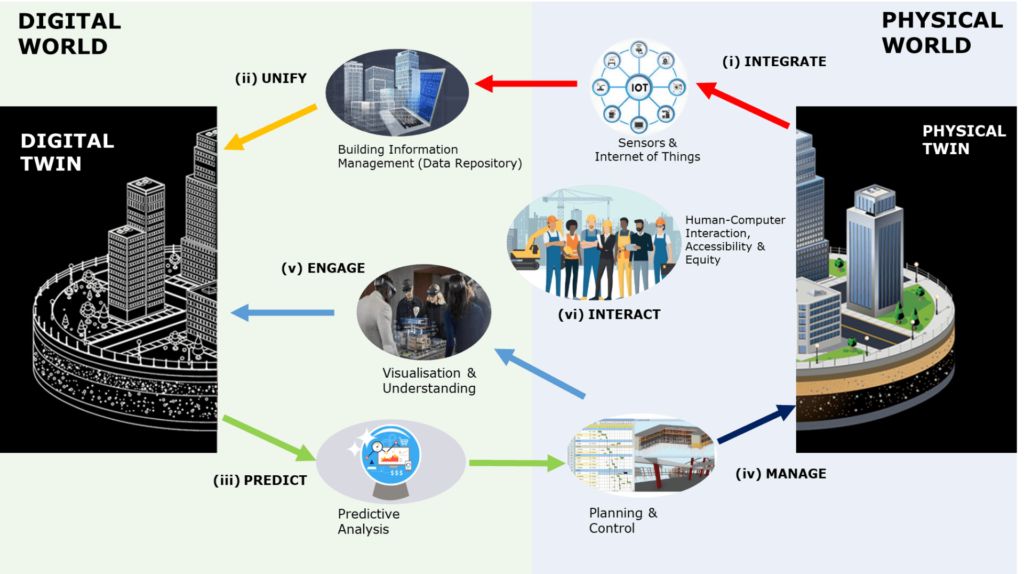Nga mihi o te tau hou Pakeha! (Happy – Western – New Year!)
It feels like the summer break is well and truly over now (it may have been over for some time for many of you). I wanted to wish everyone in ORSNZ the best for 2022 and start making more frequent posts here given there are now less opportunities to meet in person.
I was chatting with a friend of mine over the weekend who supplies equipment to manufacturers. He explained how their equipment offered a chance for good workflow improvement, but that this opened up a can of worms as the manufacturing company they were engaged with started wondering about what other improvements could be made and, consequently, paused on any commitment until they could think things through more fully. During our conversation I realised that the manufacturers needed a digital twin to help decision making. Many of us know digital twins as simulations although I think there is more emphasis on visualisation and integration of real-time data with digital twins. As the conversation evolved it seemed like many of his customers had similar needs, i.e., they were keen to make improvements but had no easy way to evaluate and decide on which improvements to make and how. This conversation demonstrated to me the continued and perhaps increasing relevance of operations research.
To me, the trend of the last 10 years or so has been:
1) “Get the data”;
2) “We’ve got the data, now what?”, “Look at the data!” – analytics and visualisation;
3) “We’re looking at the data, what is it telling us?”, “Let’s look for trends or try and see what will happen next!” – data science and machine learning.
In many cases steps 2 and 3 were enough to inform improved decision making, but for complex systems like integrated manufacturing lines, hospitals, even NZ public health, being able to experiment with and evaluate the effect of decisions is key for improved decision makers. Understanding a complex system and effects of changes to that system is one of the main goals of simulation. Combining simulation with good visualisation and near real-time data, i.e., making the simulation a digital twin, improves the interpretability and utility of the simulation for supporting good decision making.

Image from https://orua.auckland.ac.nz/project/aotearoa-new-zealand-digital-twins-initiative/
I recognise that operations research can also automate decision making via, e.g., mathematical programming, but just understanding the effect of decisions throughout the entirety of a complex system via a digital twin can bring better decision making.
Ngā mihi if you have read this far. Please don’t hesitate to get in touch if you’d like to discuss digital twins or anything else OR-related.
Noho ora mai, Mike (ORSNZ President)